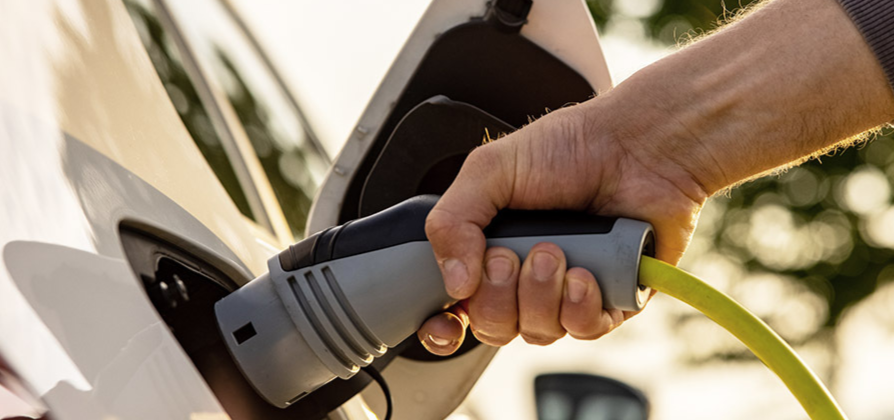With vehicle preferences continuing to shift throughout the automotive industry, it’s notable that CUVs and SUVs made up over 61% of new retail registrations over the last 12 months—something professionals should keep in mind as they assist shoppers.
According to Experian’s Automotive Consumer Trends Report: Q3 2023, CUVs accounted for 48.3% of new retail registrations and SUVs comprised 13.0%.
While CUVs are currently leading the market, data from the third quarter of 2023 focused on SUV trends to get a better understanding of what makes and models consumers are interested in for this segment.
For instance, 80.9% of SUV registrations in the last 12 months were considered to be non-luxury and the remaining 19.1% were luxury and exotic. Furthermore, large SUVs accounted for 38.0% of the registration market share, while 39.8% were midsize and 22.1% were compact in the same time frame.
Breaking the data down further, Jeep was the market share leader for non-luxury SUVs in the last 12 months at 25.1% and Ford came in second at 21.5%. Rounding out the top five were Chevrolet (17.0%), Toyota (10.30%), and Honda (8.30%).
As for luxury and exotic SUV registrations in the last 12 months, Mercedes-Benz led market share at 25.2%. They were followed by Land Rover at 21.1%, Cadillac (12.2%), Infiniti (11.1%), and Lexus (10.3%).
When looking at who is purchasing SUVs, Gen X led the retail registration by generation in Q3 2023—coming in at 36.0%, followed by Millennials at 27.6%, Boomers at 25.3%, Gen Z (7.5%), and Silent (3.3%).
Understanding and leveraging multiple data points can help automotive professionals reach the right audience and effectively find a vehicle that fits a consumer’s needs, as well as stay ahead of the trends in a dynamic market.
To learn more about SUVs, view the full Automotive Consumer Trends Report: Q3 2023 presentation.



